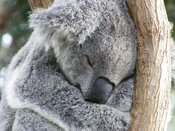
There are a number of answers to this question, but the primary one is: When it's a Koala. (If you wonder what a "Water Bear" is, that's another subject entirely.)
Actually, the koala is an arboreal herbivorous marsupial native to Australia. It is the only extant representative of the family Phascolarctidae -- You really needed to know that, right? -- and its closest living relatives are the wombats. In fact, the koala is more closely related to a kangaroo than a bear. What a buzz kill!
The koala and the bear share scientific classification to the point of both being mammals, but from there they part ways. Marsupials give birth to their young at a very small and immature stage (about 2 centimeters long, blind, and hairless). The baby, called a Joey, is then transferred to the mother's pouch for six or seven months, where it matures, nourished by the mother's milk. When the Joey outgrows its safe little pouch-home, the mother carries the juvenile on her back like a backpack.
Koala at birth ▼ One week old ▼ Pouch Juvenile ▼ Back Juvenile ▼
FROM WHENCE THEY CAME
Forty-five million years ago, the land mass which is now the Australian continent, drifted northward and gradually separated from the Antarctic land mass.
Scientists believe Koala-like animals first evolved on the Australian continent where fossil remains of Koala-like animals have been found dating back to 25 million years. There are at least six (and possibly eight) extinct species.
Australia's indigenous people are believed to have arrived in Australia 60,000 years ago, and they found the ancestors of the koala a readily available source of food. Part of the Aboriginal philosophy is to never take more than is needed, and all animals were important to their cultures. Each Aboriginal tribe had a different name for the koala, including koala, kaola, koolewong, colo, colah, koolah, and more.
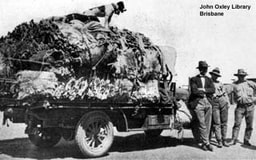
John Price was the first European to record Koalas in 1798. The animal was given its scientific name in 1816. After that, it was discovered that the Koala was not a bear at all.
◄ Koala pelts - Photo from John Oxley Library, Brisbane, Australia
In addition to clearing the Eucalyptus trees for farming, the new European settlers discovered that the Koala was a source of fur that could be traded. Millions of koala were killed for their pelts. By 1924, the animal was extinct in South Australia, and almost extinct in other locations.
In 1927, the public was outraged by the slaughter of 800,000 koalas in one month and, by the late 1930s, all states in Australia had declared the koala as a protected species. However, no laws to protect their habitat, gum trees (the only source of food for the koalas), were enacted.
Loss of habitat has continued to be a serious problem and, in 2012, Koalas were declared as a 'Vulnerable Species' under the Environmental Protection and Biodiversity Conservation Act. Still, nothing was done to protect the habitat.
INTERESTING FACTS
These facts are almost word for word what is listed on the "Save The Koala" website. There aren't too many ways to express these facts. https://www.savethekoala.com/
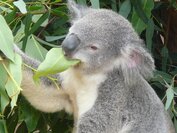
● Koalas eat only Eucalyptus leaves (also called gum leaves), and they smell like Eucalyptus. The koalas climb the trees and hop from tree to tree to get the leaves. Adults eat 2.5 pounds of food a day. These leaves are a very low-energy diet and renders the animals susceptible to stress.
● Koalas have a fiber-digesting organ called a caecum -- Other mammals have them, including humans – which contains millions of bacteria to break down the fiber into substances easier to absorb. But the Koala can still only absorb 25% of the fiber eaten. This is the reason they have to eat so many leaves.
● Koalas also have finger prints which resemble human finger prints. Finger print experts are known to have had difficulty being able to tell if the prints are from a human or koala. Any kind of finger print is rare among mammals that climb trees.
● Koalas are primarily nocturnal. While most nocturnal animals are awake at night and asleep during the day, koalas sleep for part of the night and also sometimes move about in the daytime. They often sleep for up to 18-20 hours each day (16 hr. average) because it requires a lot of energy to digest their toxic, fibrous, low-nutrition diet.
● Koalas live in complex social groups and are not migratory, but highly territorial. In stable breeding groups, individual members of Koala society maintain their own "home range" areas.
● Each koala’s "home" is made up of several trees called "Home Trees" which they visit regularly. The area covered by these trees is called the Koala’s "Home Range". Each koala had its own Home Range which may overlap those of other Koalas.
Mature Male Kola communicating with howl
● Koalas also communicate with each other by making a range of noises. The most startling and unexpected of these in such a seemingly gentle animal is a sound like a loud snore and then a belch, known as a "bellow".
CUDDLING KOALAS
One of the highlights of my trip to Australia was a visit to the Brisbane Lone Pine Koala Sanctuary, a facility dedicated to the rescue of injured and abandoned koalas and kangaroos. Some can be released back into the wild, others remain residents of the sanctuary. Some of the koalas can be held. Laws limit the handling of a koala to 30 minutes a day, so there is constant rotation of the animals.
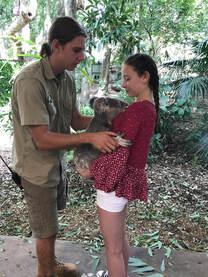
Cuddling a koala is only possible in Queensland, South Australia and Western Australia. Unfortunately, it is illegal in New South Wales, Victoria, Tasmania or the Northern Territory.
Who wouldn't want hold one of these cute, cuddly animals? This was the highlight of my granddaughter's trip to Australia.
Koalas have brownish-grey or silver-grey fur and a big pink and/or black nose. They look so cute and cuddly and soft. But actually they aren't soft and furry. The texture of their hair is coarse and rather stiff, which surprised me. In contrast, the area between a kangaroo's ears is extremely soft.
While holding the koala, the handler is feeding the animal constantly. There are about fifteen locations where the hands-on experience of holding a koala is available. If you ever get the opportunity, don't miss out. It is a "bucket list" experience.
Resources
https://en.wikipedia.org/wiki/Drop_bear
https://www.savethekoala.com/about-koalas/interesting-facts
https://simple.wikipedia.org/wiki/Koala
http://www.koala.net/
http://www.dailymail.co.uk/sciencetech/article-2633081/The-Koala-bear-humans-Researchers-warn-animals-far-stressed-encounters-previously-thought.html
https://www.tripadvisor.com/ShowTopic-g255055-i120-k464102-Holding_Koalas_and_Wombats-Australia.html
http://www.koala.net/
https://news.experienceoz.com.au/where-to-cuddle-a-koala-in-australia/
https://en.wikipedia.org/wiki/Lone_Pine_Koala_Sanctuary
http://www.nationalgeographic.com/animals/mammals/k/koala/
https://simple.wikipedia.org/wiki/Koala
https://scitechdaily.com/study-of-koala-virus-epidemic-uncovers-innate-genome-immune-system/
https://www.theanimalspot.com/koala/
https://www.livescience.com/27401-koalas-facts.html
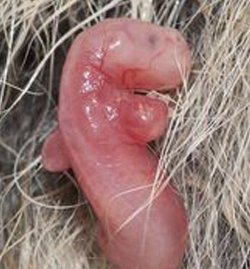

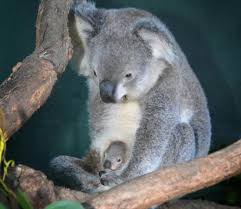
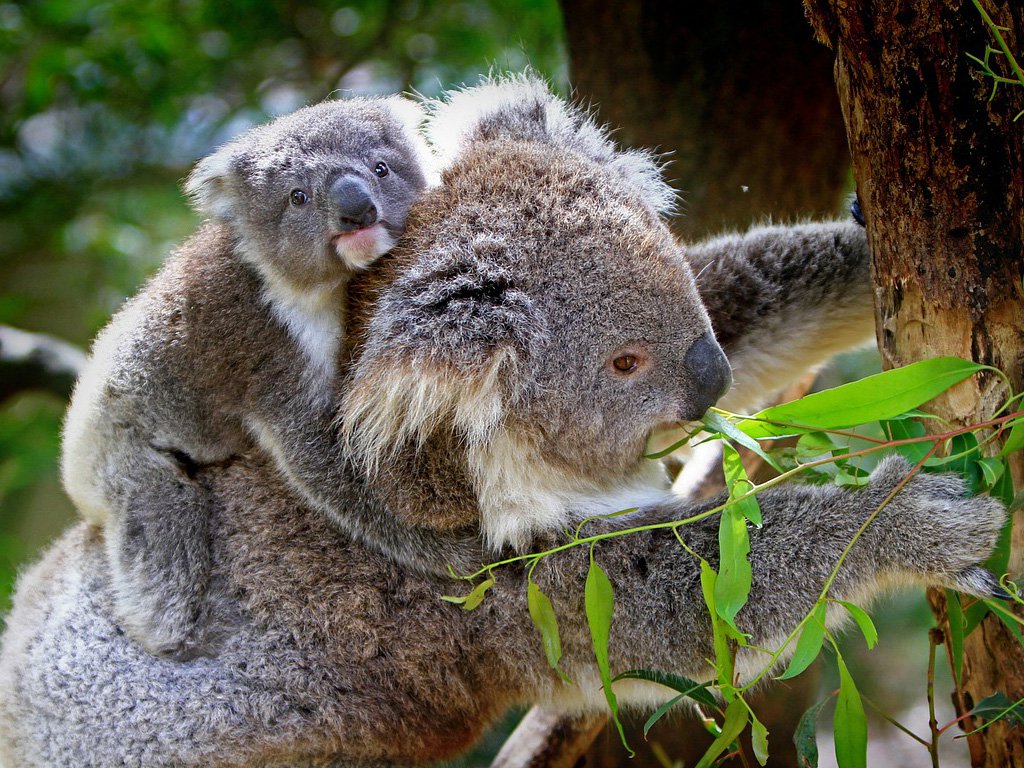
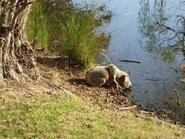
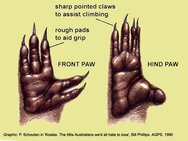
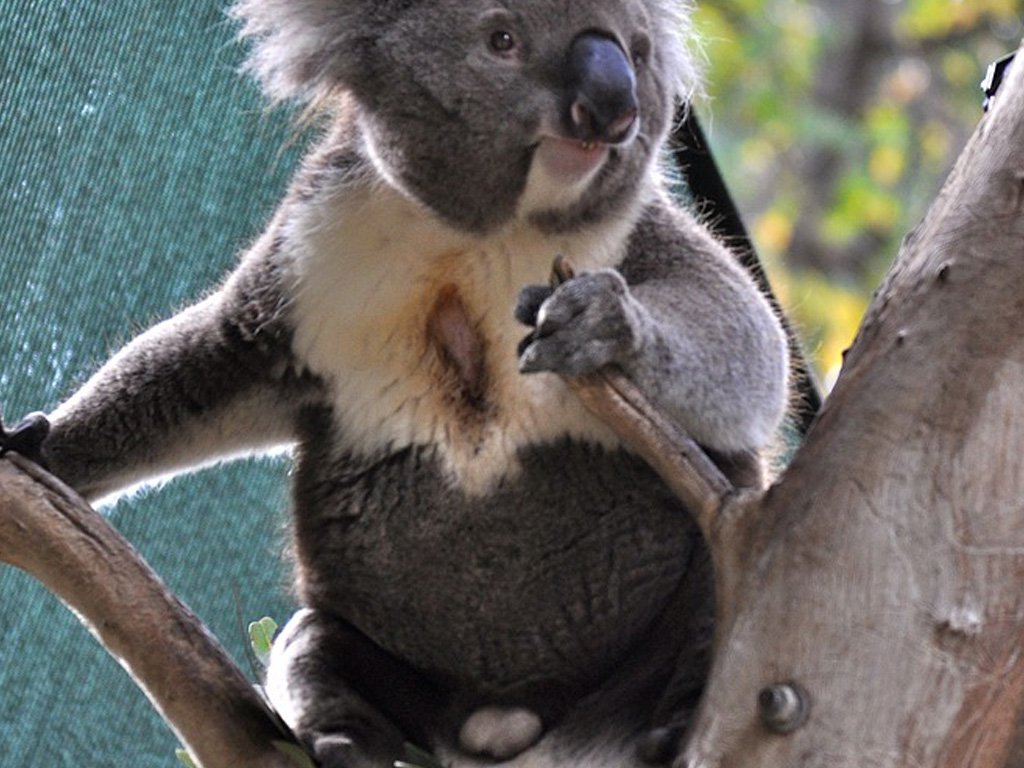
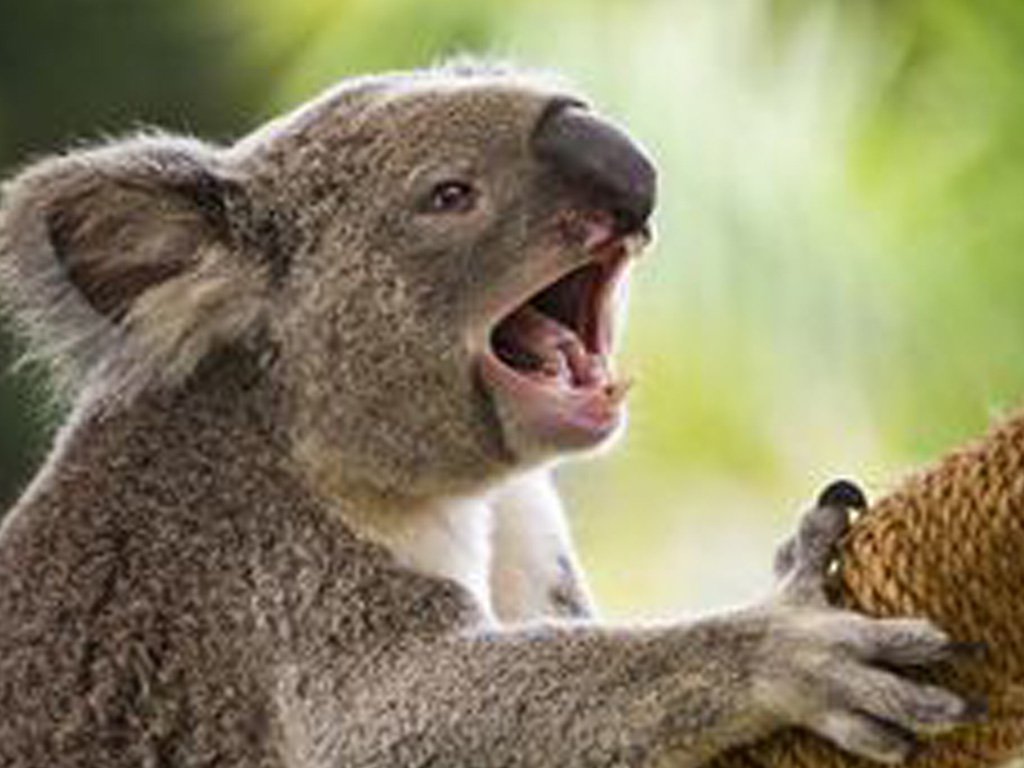
 RSS Feed
RSS Feed